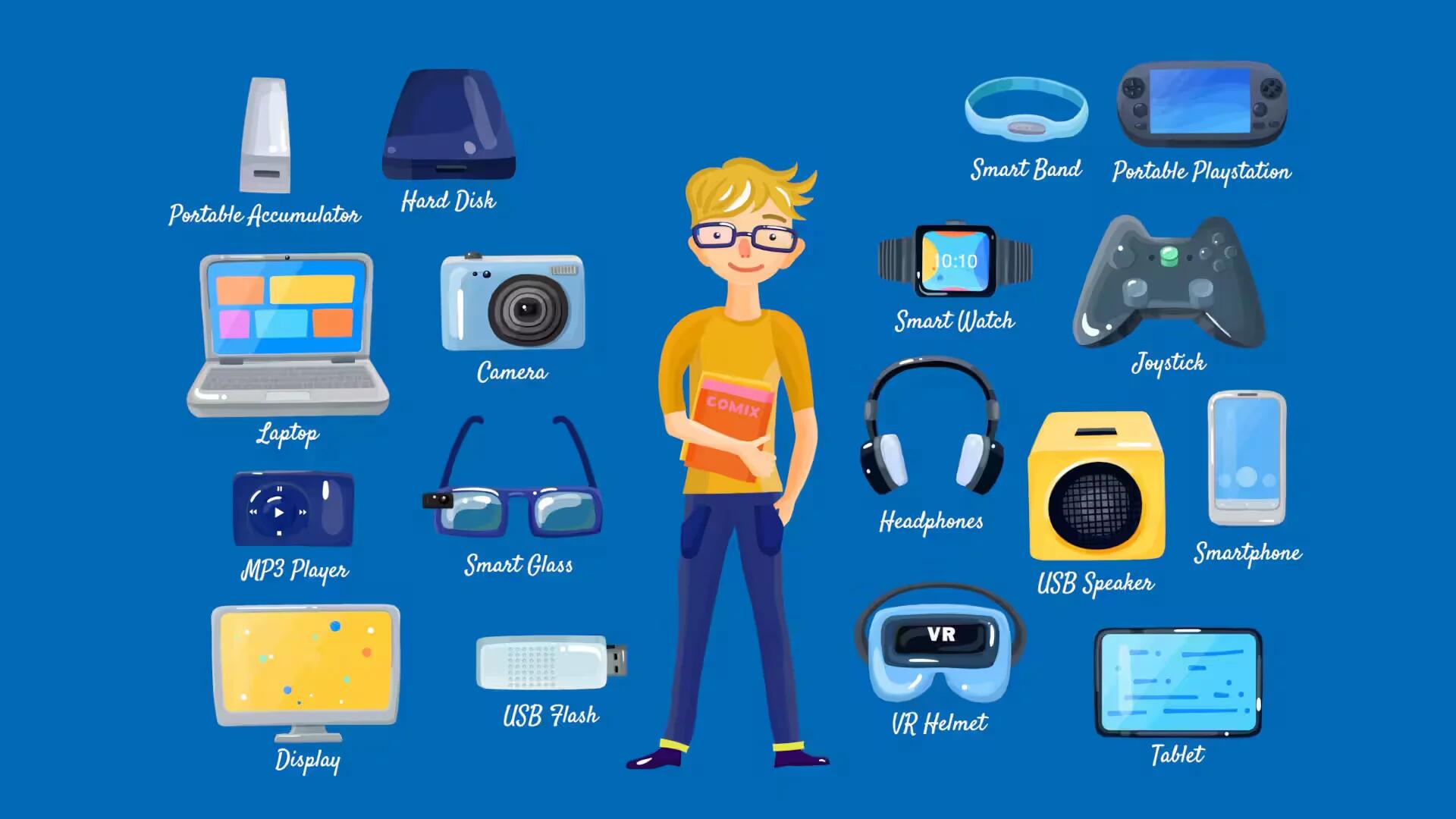Sony is still fighting the good fight in e-ink powered e-book readers, and its latest model is, the Sony Reader WiFi PRS-T1 looks like a gem. Amazon is the clear leader in the space with fourth generation Kindle and the Kindle Touch. But the PRS-T1 certainly takes some steps in that direction, both in terms of pricing and features. Is it enough? Find out in the review.
Hardware
The Reader sports a 6-inch, touchscreen E Ink Pearl V220 display, weighs just 5.9 ounces, and is less than four tenths of an inch thick. It depends on which color you choose, the front bezel is red, white, or black glossy plastic. The tapered back panel is in a soft touch matte material, prevents from sliding around the table. There are five hardware buttons in all along the bottom; aside from those two, there are Home, Back, and Menu buttons. The bottom edge holds micro-USB charger port, a recessed Reset button, a power button, and a standard size 3.5mm head phone jack, used to hear audio books or music files. You can listen to MP3 and AAC files – functionality stripped from the new Kindle and unavailable on the current Kobo and Nook Devices. There is an old tech plastic-stylus in the package, but it turns out its just for handwriting mode, used for taking notes.


The Reader WiFi has an IR touch screen, allows you to flip through pages and swipe. There are no page buttons on the sides of the screen, the arrow keys on the bottom left are easy to press when holding the device in one hand. It comes with 2GB internal storage, there is a micro SD card slot to expand things fair amount. It has a built in WiFi. The 6-inch screen has 600*800 resolution and is capable of displaying 16 levels of grayscale the same specs as the new Kindle. Sony is built around E Inks Pearl technology standard for current generation of readers. The touch technology is quite responsive, allow you to scroll through pages in the browser with a far less noticeable lag than on the Nook. The Page rate matches the Kindle, Nook, and Kobo devices, unless like those, it does a full refresh with every turn. The display supports to pinch to zoom, feels a bit slow on detail-heavy web pages.

Battery life is rated at over a month with minimal WiFi usage, or 14,000 page turns. The benchmark is pretty extensive, so the power drain is not surprising. With heavy WiFi usage from both BrowserMark and SunSpider, plus the processing requirement, its actually a surprise that the Reader didnt completely lose power sooner. If you use WiFi and use the Reader even somewhat infrequently, expect to recharge once in a week.

Software
The home screen is all about reading, offers up your current book; three recently downloads and links to your library, periodicals, the Reader store, and the collections. An arrow at the bottom of the screen brings you the second page that reveals just how many things it offers. At the top areNetwork selections; Public library, Google books, Browser, and Purchased content. It also runs a version of Android, Grizzled Android users will be able to pretty quickly. Sony builds in 12 dictionaries, includes two English language (American and British), and 10 translation languages such as French, German, and Spanish. At any time you can double tap a word to get its meaning or translate into five other languages.


The public library brings you to an overdrive portal through the browser, entering your location brings up the list of local library branches. If your local library is on the list, you can check out a book using a library card number it is lot like using the Reading store, only with no fee, download limit, an expiration date on the books, and frequent waiting list. The browser is just a bare-bone, with field top for entering URLs. From that you can make bookmarks and access your browsing history. Sony offers up a site as a resource for getting content on the WiFi Reader. It can access Google Books, but its nice to have access to free, public domain books on the home screen. There is a reference section, features a link to devices built in New Oxford American Dictionary and buttons for Handwriting and Text Memo. The text memo feature offers the virtual keyboard for entering simple notes. The handwriting feature takes advantage of the devices touchscreen to let users hand written notes and draw pictures, it is quite responsive, and good to have a feature in the device like this.


The secondary home screen also includes a multimedia section, with buttons for stored images and audio files that have been dragged on to the device through USB. The audio player offers up some basic functionality, includes ability to play / pause, adjust volume, skip and advance through tracks and even display cover artwork. The music will continue to play while you read. The text can be adjusted by pinching the text menu offers seven font styles and eight sizes. Touching and holding a word highlights it, bringing up options to add a note, find all instances of it on the book, and search for it on Wikipedia or Google. The PDF files will be available in the Books Section. The overall experience of viewing PDF is laggy, they take a while to load and shutters a bit when you try to scroll. With dual-touch functionality, you can pinch and zoom the PDF images and scroll across using the finger.



Conclusion
Readers who just want a one device e-Reader are going to love this device Sony Reader WiFi. It got a lot of compelling functionality, includes dual-touch pinch to zoom, handwritten note taking, audio playback and built-in access to Public library and Google Books content. It quite reasonably priced for an e-reader but seems a little bit costlier than its competitors.
